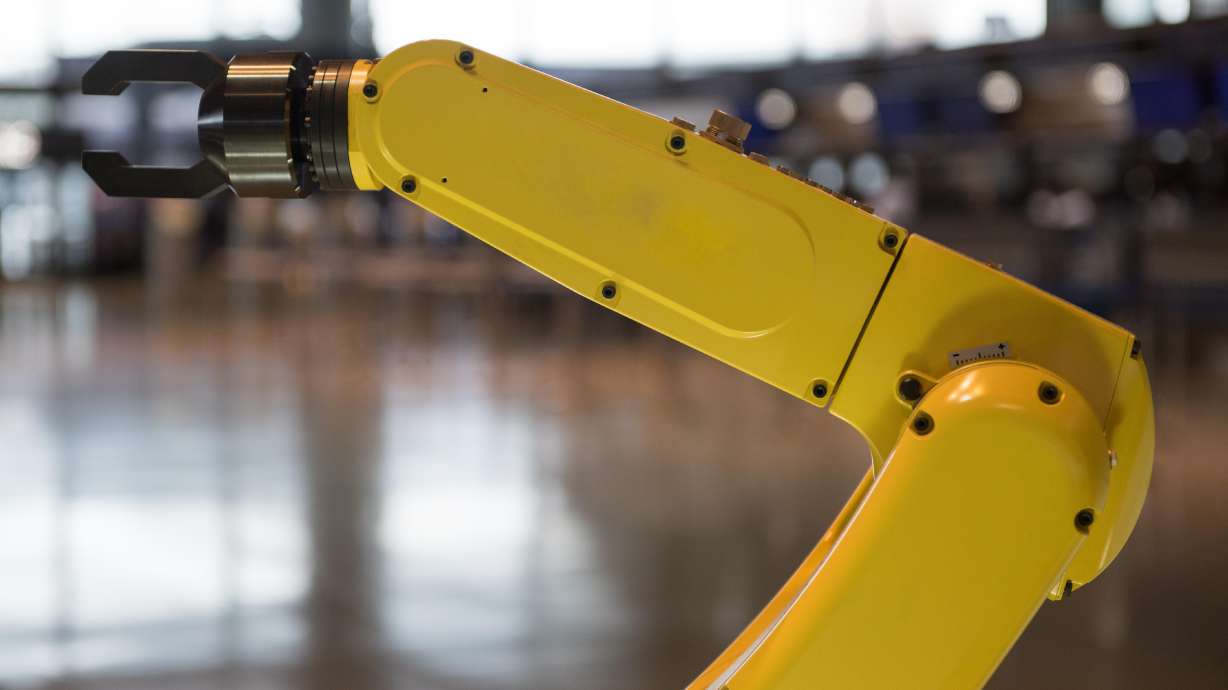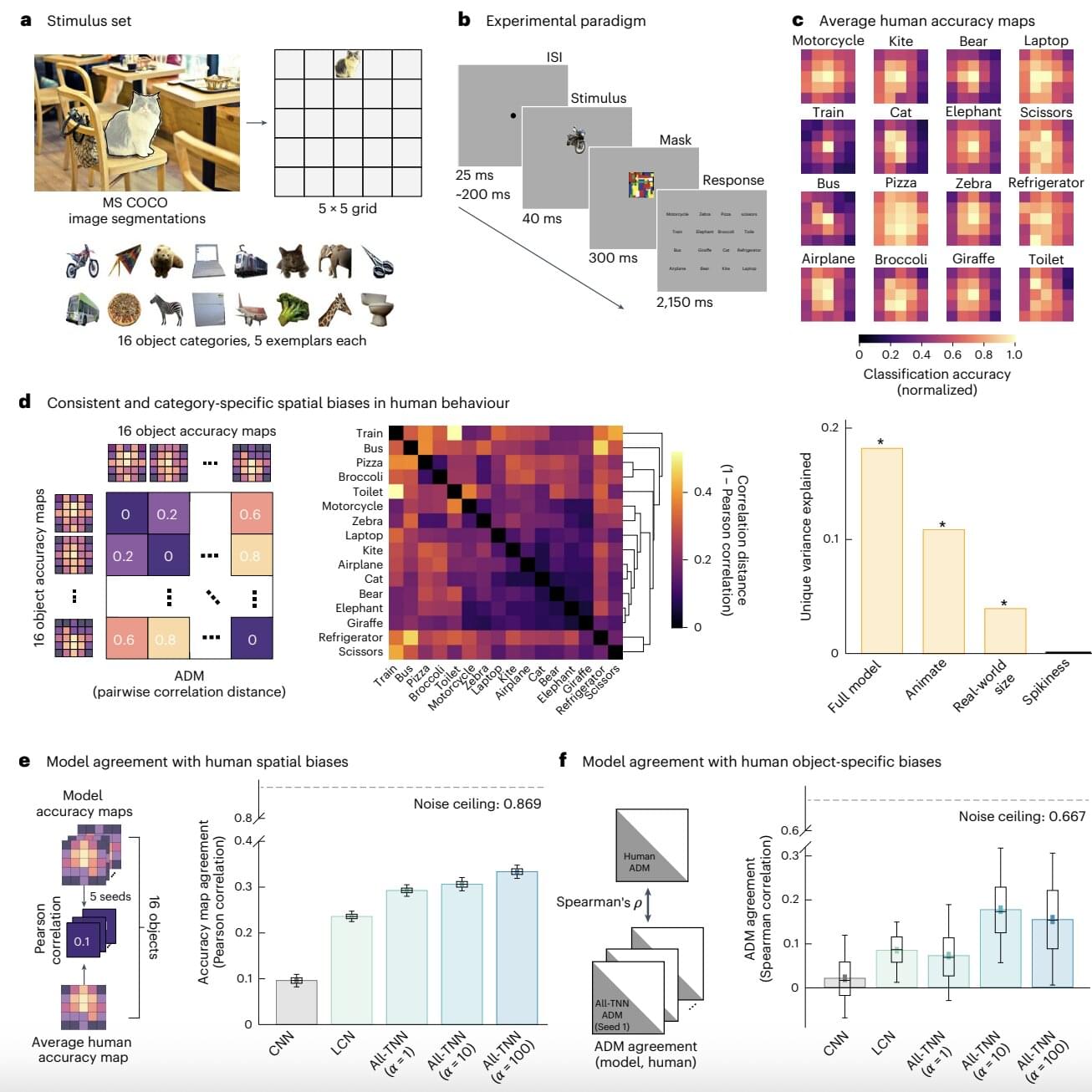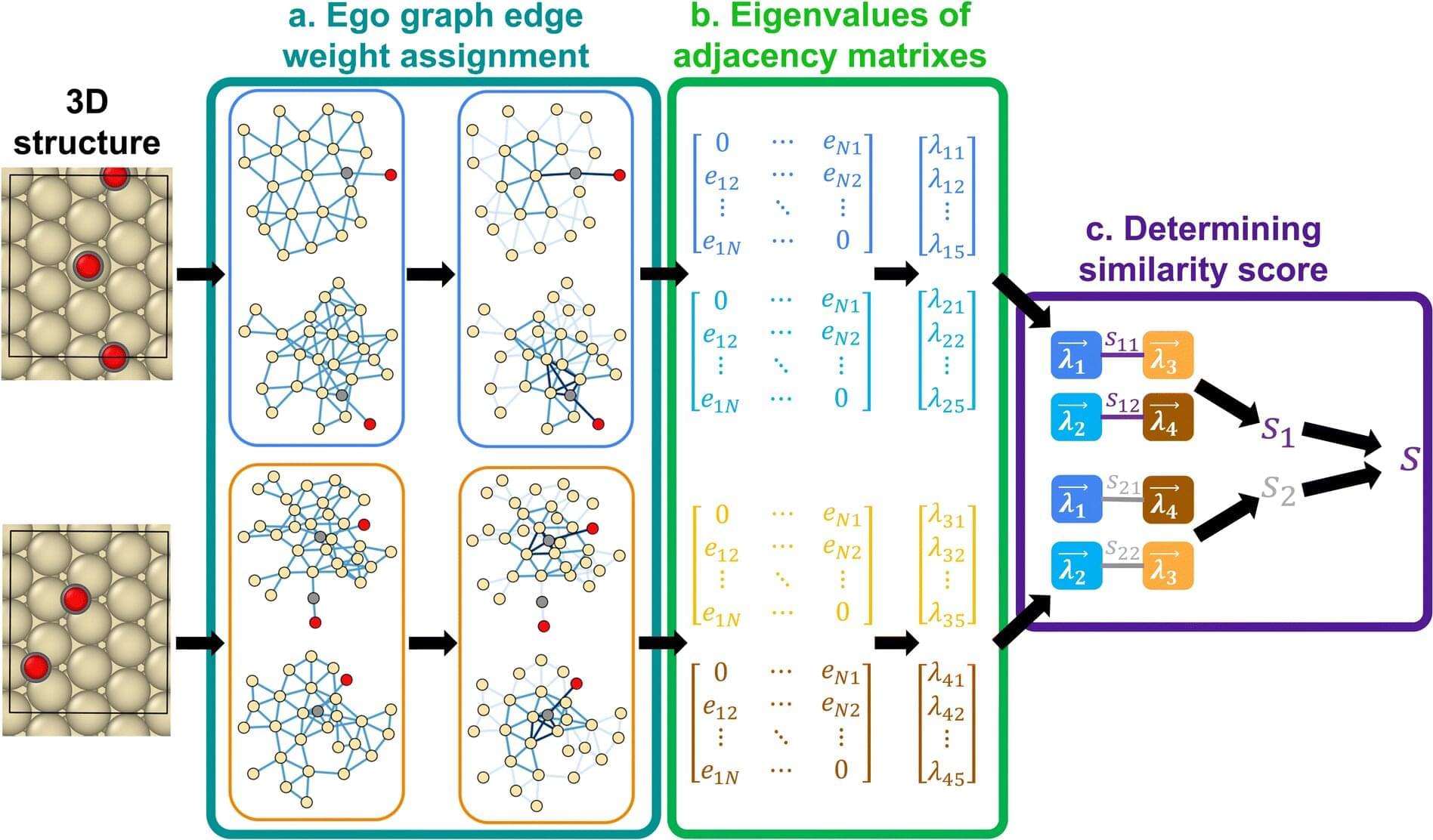Researchers are actively exploring and revising the concept of Alcubierre warp drive, as well as alternative approaches, to potentially make superluminal travel feasible with reduced energy requirements and advanced technologies ## ## Questions to inspire discussion.
Practical Warp Drive Concepts.
🚀 Q: What is the Alcubierre warp drive? A: The Alcubierre warp drive (1994) is a superluminal travel concept within general relativity, using a warp bubble that contracts space in front and expands behind the spacecraft.
🌌 Q: How does Jose Natario’s warp drive differ from Alcubierre’s? A: Natario’s warp drive (2001) describes the warp bubble as a soliton and vector field, making it harder to visualize but potentially more mathematically robust.
🔬 Q: What is unique about Chris Van Den Broeck’s warp drive? A: Van Den Broeck’s warp drive (1999) uses a nested warp field, creating a larger interior than exterior, similar to a TARDIS, while remaining a physical solution within general relativity. Energy Requirements and Solutions.
💡 Q: How do Eric Lent’s hyperfast positive energy warp drives work? A: Lent’s warp drives (2020) are solitons capable of superluminal travel using purely positive energy densities, reopening discussions on conventional physics-based superluminal mechanisms.






